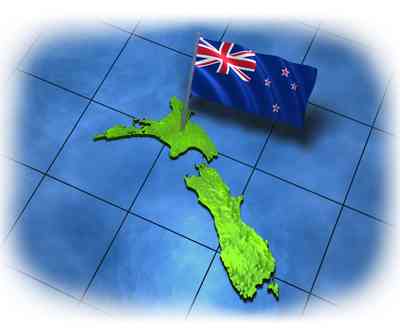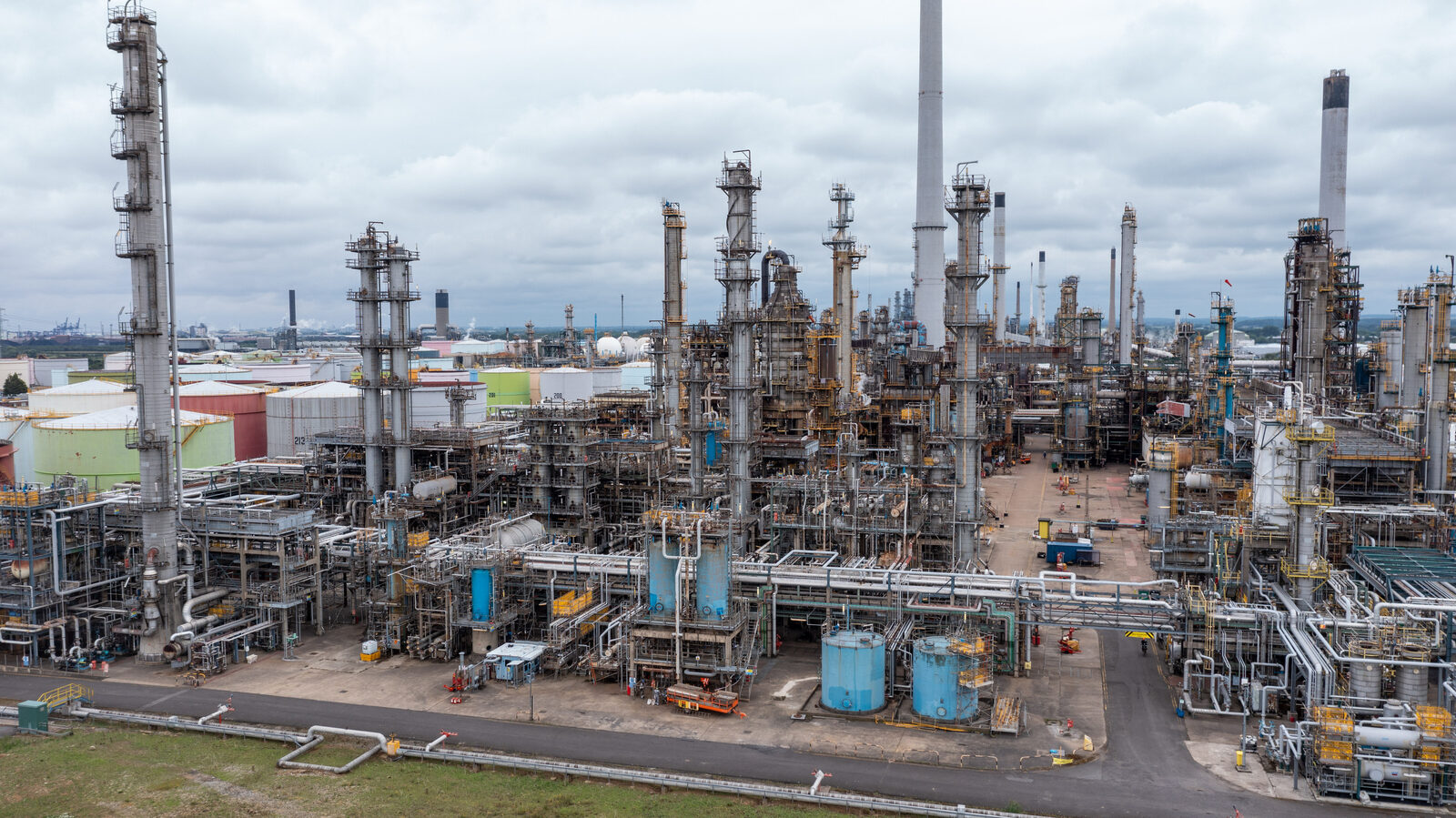Oceanagold to phase out New Zealand mines

Oceanagold (TSX, ASX:OGC), an Australia-based gold producer, will start winding down its New Zealand mines to focus on lower-cost production in the Philippines, where it runs the Didipio copper-gold mine north of Manila.
The company hinted at the changes in a media release on Dec. 8, when it announced its 2015 guidance. Oceanagold said of its total capital expenditures of $100 million, only a third ($33 million) would be spent in New Zealand, much lower than in previous years.
“The reduction is a direct result of lower sustaining and capitalised mining costs at Macraes, and at Reefton where the operation will transition into care and maintenance by the end of the year,” the news release states. “At Didipio, capital expenditure is expected to be approximately $63 million including $23 million for the underground development and $10 million for the connection to the power grid.”
“2015 will be another significant year for the Company as we commence development of the underground decline at Didipio which will enable access to the very high grade core of the ore body earlier in the mine plan,” Managing Director and CEO Mike Wilkes said in the release. “Additionally, the power grid connection at Didipio will further reduce our operating costs by the end the year.”
Started in 2013, Didipio is expected to produce 100,000 ounces of gold and 14,000 tonnes of copper over its 16-year life.
The Macraes Goldfield is New Zealand’s largest gold mine. In operation since 1990, the mine, comprised of the Macraes Open Pit and Frasers Underground mines, has produced about 4 million gold ounces.
But a lower gold price has led Oceanagold to redesign its mine operations, shorten mine life expectations and lay off over 250 employees, the Otago Daily Times reported on Monday.
”The new life-of-mine plan has resulted in a reduction in the gold production over the remaining life of the Macraes assets,” Wilkes told the publication.
A broker quoted by the Otago Daily Times notes that Oceanagold is the lowest cost producer in the Australian gold sector due to sales of copper byproduct from its Didipio operation- which are used to offset production costs.
Investors seemed to like the decision to close out Macraes to focus on the Philippines. While shares in Oceanagold were volatile throughout the month of December, they saw a five-day run over the holiday period, rising 21.5 percent and closing the day on Friday up 5.9 percent on the Toronto Stock Exchange.
{{ commodity.name }}
{{ post.title }}
{{ post.date }}

Comments
sophrosyne
Started in 2013, Didipio is expected to produce 100,000 ounces of gold and 14,000 tonnes of copper over its 16-year life……um…ok